What I eat in a day to combat menopause & perimenopause symptoms (as a busy mum of 2)
Read time: 4 minutes
Coming up: muscles, metabolisms, meals, some speedy taste-packed hacks, two useful supplements, symptom-stopping surprises, foods I once hadn’t heard of, and what I eat in a day to combat my perimenopause.
Just to clarify, I'm NOT a nutritionist, nor am I a workout expert, BUT I’m a busy woman trying to juggle running a business, family life and my health... so here's what works for me and I' hoping you might find it helpful too!
(and, since you’re reading this, I guess you’re a busy woman too)
👋 I’m Elaine Ellis. I’m a mum of 2, an entrepreneur, and the founder of Sentro Labs.
But, something else you should know about me: I’m HUGELY health-conscious, and I like to eat as many vitamins and nutrients as possible.
… especially since hitting perimenopause.
Back in the day, I used to think: healthy = time-consuming.
❌ But I was wrong.
Because: actually, it’s totally possible to eat very healthily without spending much time or effort in the kitchen. Here’s how:
What I (usually) eat in a day
🥣 Breakfast: yoghurt, protein powder, berries, and seeds or nuts. You don’t need to cook this one, and you can even prepare it the night before. To keep things varied, you can switch up the fruit, nuts and seeds every time. Here’s more.
🍳 Lunch: smashed avocado and scrambled eggs, on toast. This only takes 10 minutes to prepare. And it’s easy to make little changes to keep things exciting—add a squeeze of lime juice, a dash of soy sauce, or your favourite sauce. And try using different breads!
🍗 Dinner: chicken wraps, with cucumbers, avocado, peppers, cheese, and mayonnaise. Again, you can try different sauces, vegetables, and salads—and even different marinades for the chicken.
I also snack between meals. Some of my go-tos are:
● Chia puddings (surprisingly good mixed with protein powder and Greek yogurt)
● Any combo of fruit and nuts (apple and Brazil nuts are my favourite)
● Hard-boiled eggs—sometimes with a dip; sometimes without
● Protein shakes, or protein powder with yogurt
Obviously, I don’t always eat the same things every day (I’m boring, but I’m not that boring). Some of my other favourite quick and healthy meals are:
● Protein smoothie with banana, chia seeds & almond butter
● Stir-fried chicken with broccoli, cashews & brown rice
● Chicken & vegetable korma, with brown rice
● 3 scrambled eggs with spinach & feta
You’ve probably noticed these meals are all packed with protein.
Why?
Well:
Why protein is essential for women in perimenopause & menopause
I’ve already written about this here.
But, in short, here are four (of many!) changes that occur during perimenopause & menopause:
● We burn fewer calories, which can cause weight gain
● Blood sugar fluctuates, causing cravings, fatigue, and afternoon crashes
● We lose muscle, which causes weakness, and a further decline in metabolism
● Joints and bones become weaker, increasing the chance of injury and osteoporosis
Now, here’s a little lifehack for you:
You can partially offset ALL these symptoms just by increasing your protein.
Increasing protein can:
● Help build more muscle
● Balance blood sugar and energy levels
● Encourage your body to burn fat instead of muscle
● Boost your metabolism, so you burn more calories (even at rest)
● Help collagen production, which in turn helps keep joints and bones healthy
● Keep you fuller for longer, which reduces cravings, fatigue, and afternoon crashes
Try to eat 1.2g–1.6g of protein per kilo of your body weight per day.
So, if you weigh 80kg (176 lbs), you should be eating 96g–128g of protein every day.
(And if you can, it’s best to eat protein regularly, throughout the day—including it in all snacks and meals)
But, high protein isn’t the only reason I choose the above meals. I also focus on other ingredients that serve up many other benefits:
Other helpful things to eat during menopause & perimenopause
● Phytoestrogens: these can mimic estrogen, making up for what we lose during menopause & perimenopause. Good sources include flaxseeds, chickpeas and lentils.
● Antioxidants: to battle cell damage. Good sources include berries, dark chocolate, green tea, and leafy greens.
● Omega-3s: to fight cell damage and inflammation, and support brain health. Good sources include salmon, sardines, mackerel, and walnuts.
● Probiotics: for better gut health and digestion, and to help balance our hormones. Good sources include kombucha, kimchi, kefir, and Greek yogurt
● Calcium: for stronger bones and joints. Good sources include leafy greens, almonds, and cows’ milk.
● Vitamin D: to help you absorb calcium. Good sources include egg yolks, salmon, sardines, and mackerel.
● Lignans: these can naturally support estrogen balance. Good sources include flax seeds, sesame seeds, berries, and some whole grains.
Other ways to support your body during menopause & perimenopause
● Getting more exercise: and if you combine this with more protein, you can boost your metabolism, increase your muscle mass, and encourage your body to shed fat instead of losing muscle.
● Managing my stress and sleep: I sleep around 7 hours per night, I make sure my bedroom is dark and quiet, and I try to sleep and wake at the same time each day. To fight stress, I do meditation and yoga, and take Equilibrium (with Ashwagandha, L-Theanine, Magnesium, and 4 other ingredients, it’s improved my sleep and reduced my stress).
● I also take Harmony, which includes Vitamin D, Magnesium Bisglycinate, Zinc Bisglycinate, Vitamin B12, Vitamin B6, Selenium, and Lion’s Mane. Designed specifically to help with menopause & perimenopause, it’s boosted my mood, energy, gut health, and gym performance—and reduced my stress and fatigue.
See you next time!
So, that’s how I’ve tweaked my diet to deal with menopause & perimenopause.
In short, I recommend:
● Upping your protein
● Focusing on eating healthy foods
● Making a big effort to munch more phytoestrogens, antioxidants, omega-3s, and probiotics
… and if you’re still struggling, consider adding some simple supplements!
Using all the above, I’ve improved my mood and energy, and I’ve reduced my stress and fatigue (and I no longer get any afternoon crashes!)
Thanks for reading, and I’ll see you next time,
Elaine x
P.S., oh, and for the men in your life: here’s how my mid-40s husband successfully battled the many symptoms of shrinking testosterone.





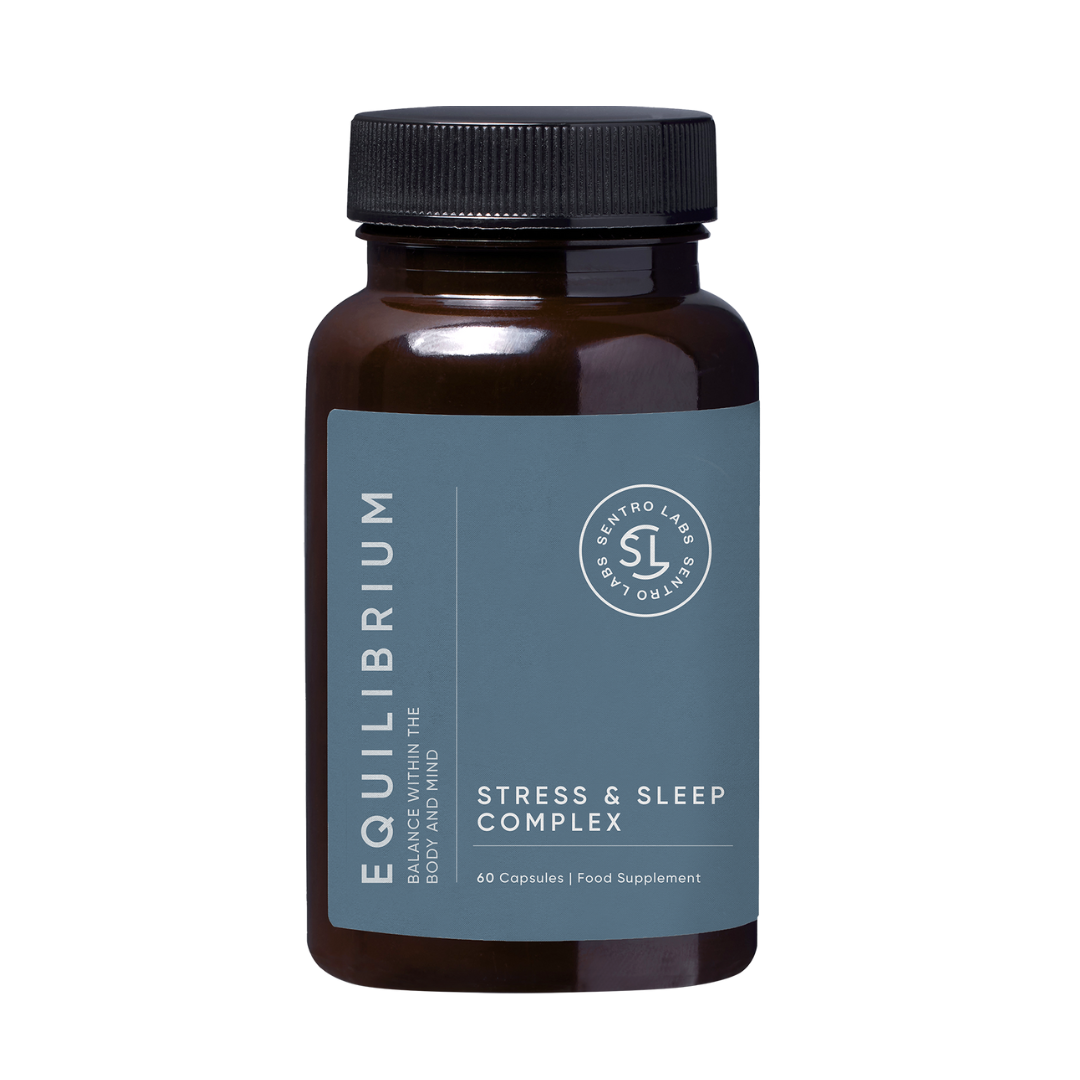
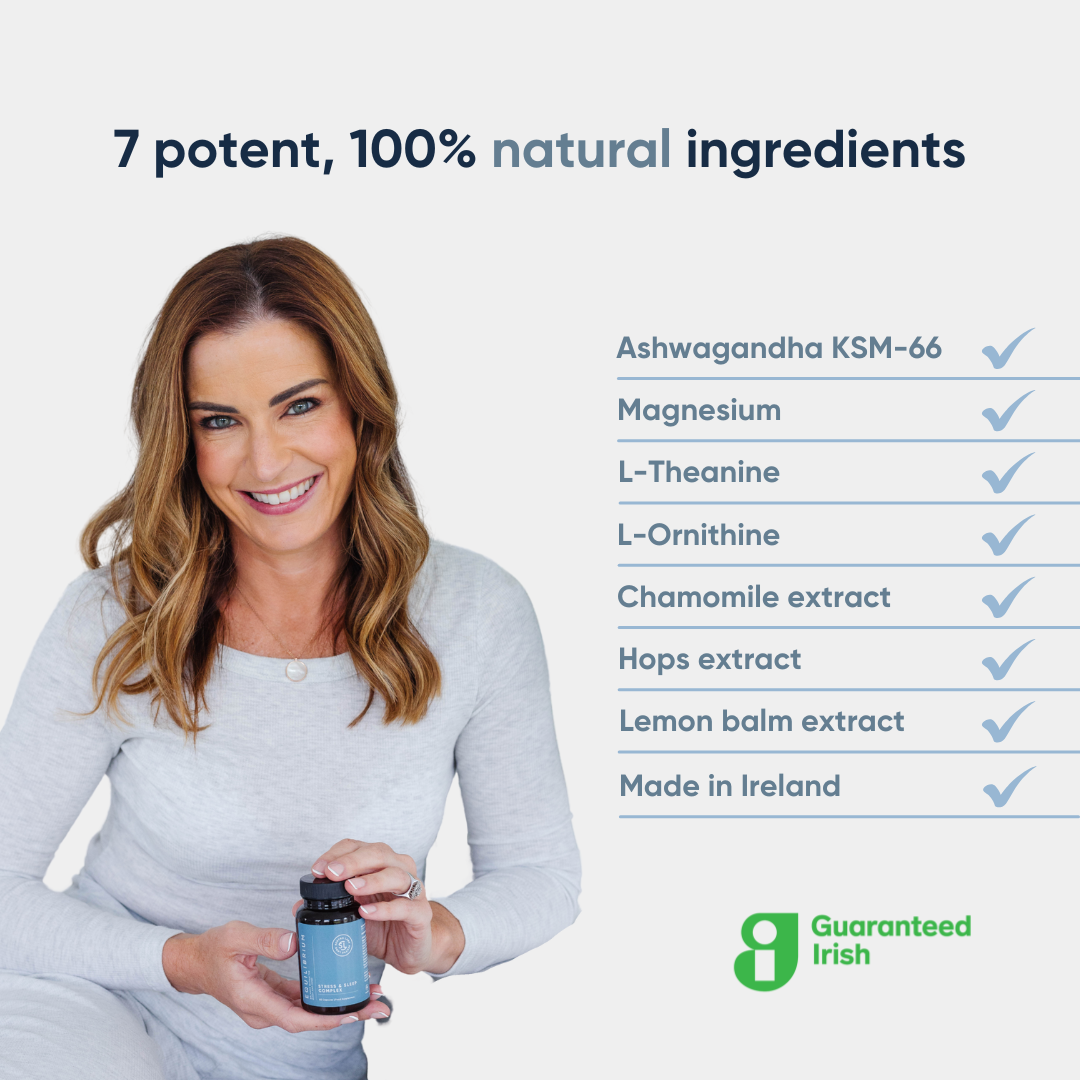
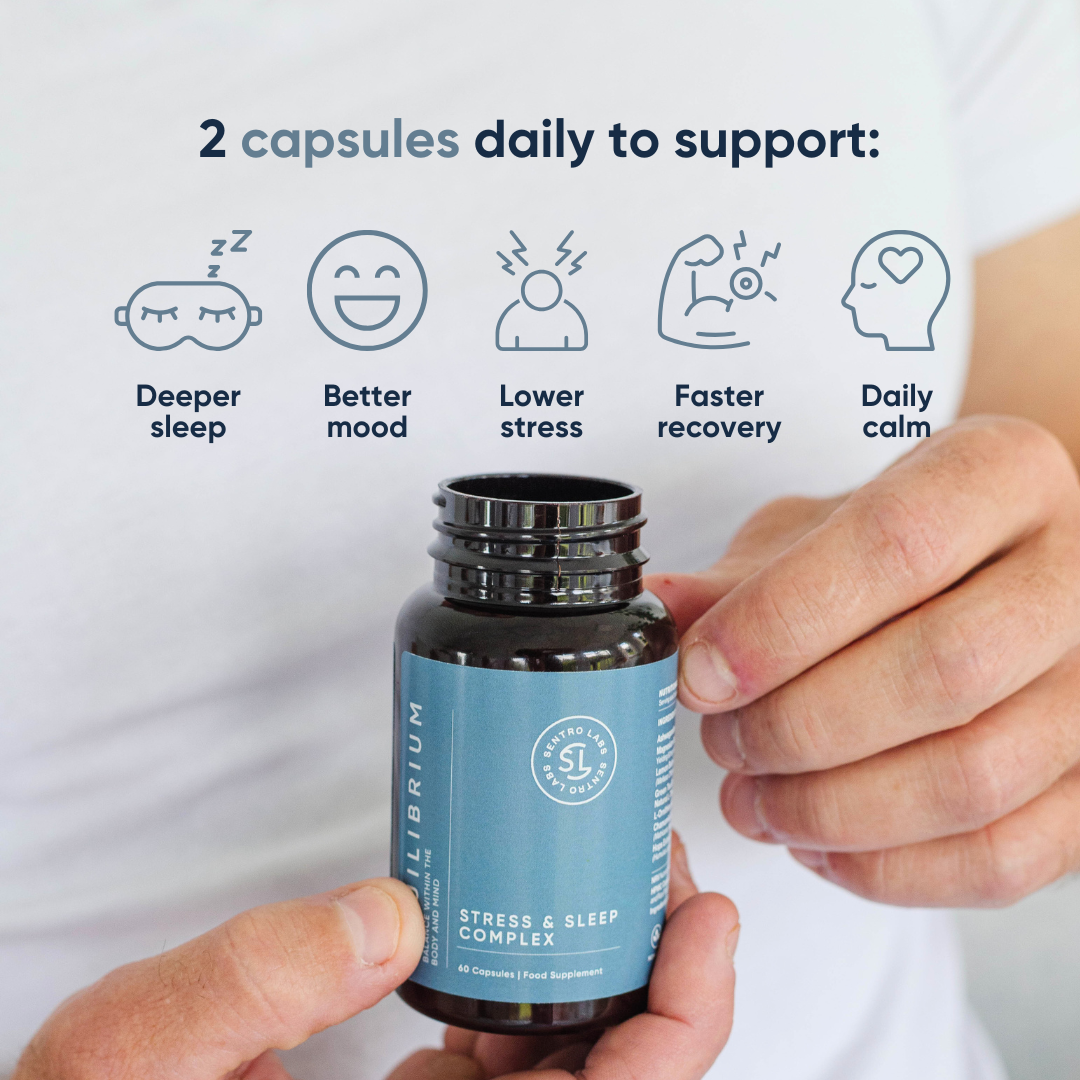
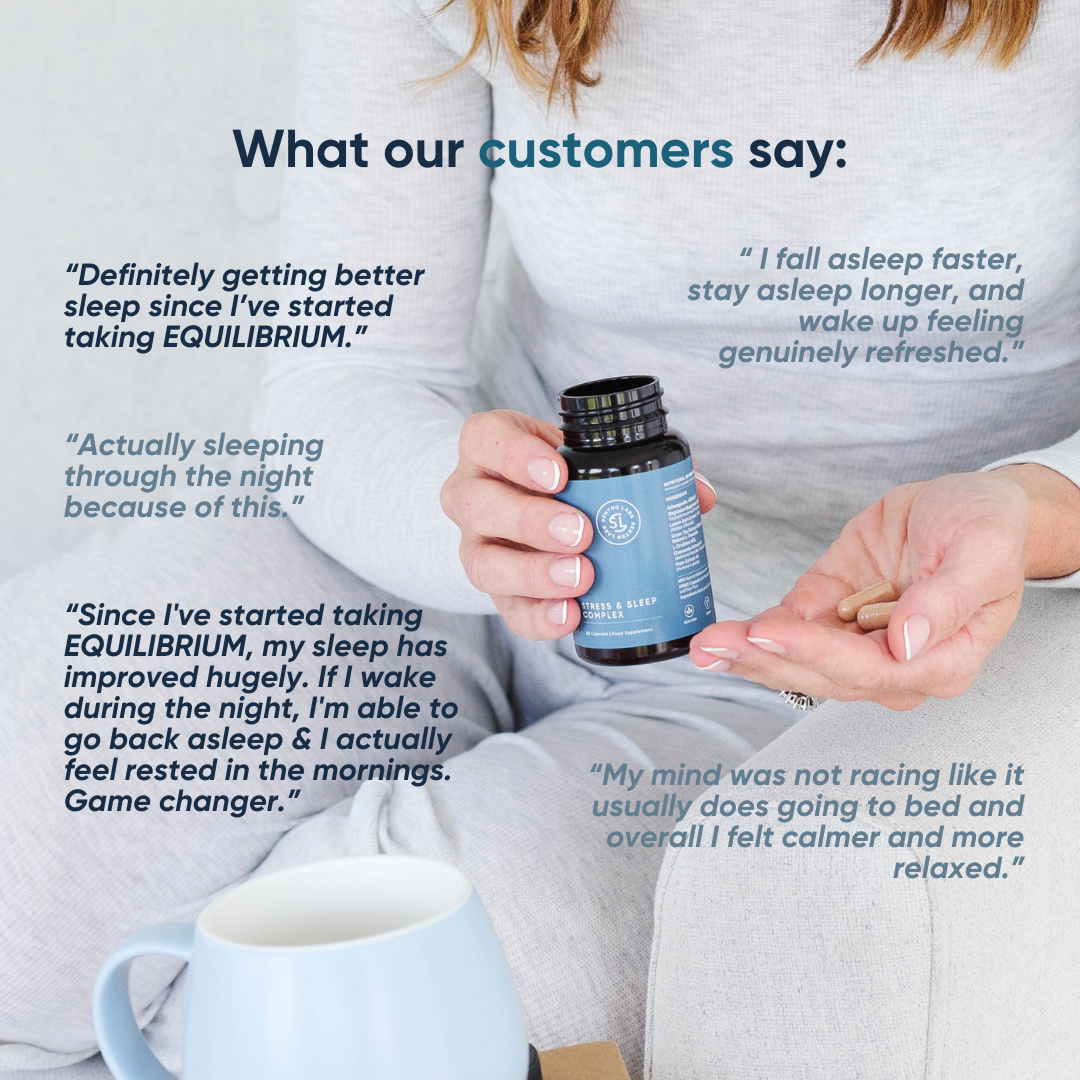

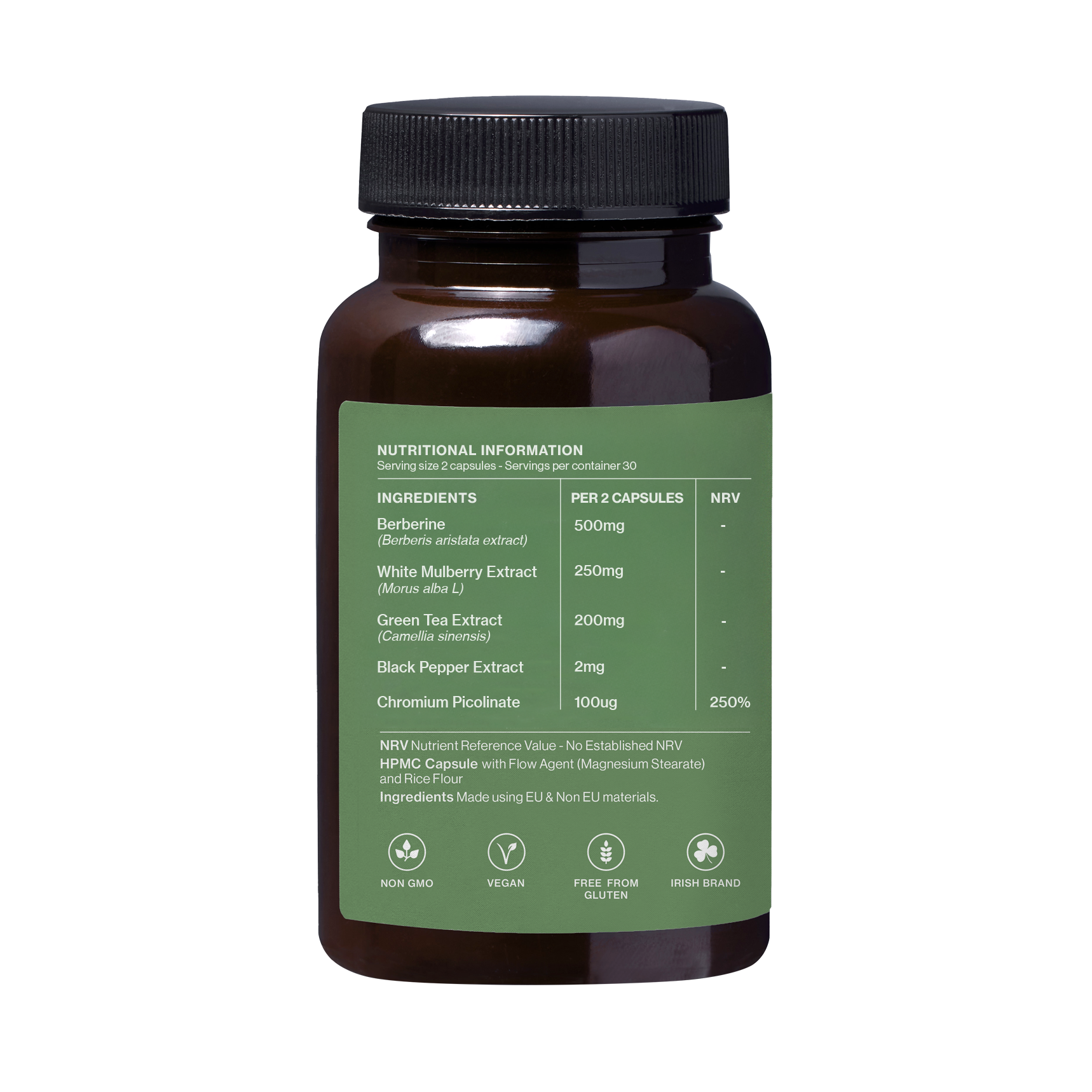
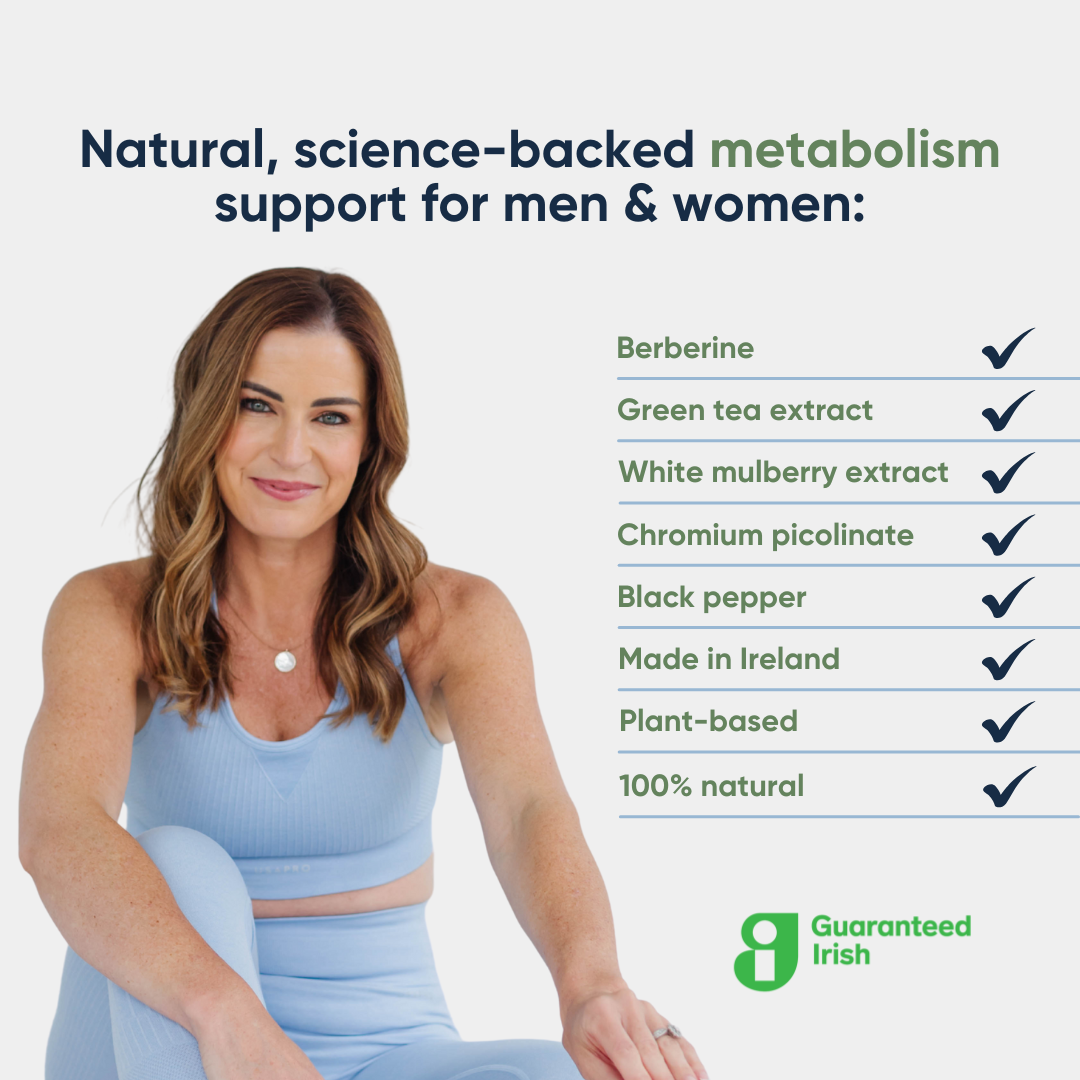
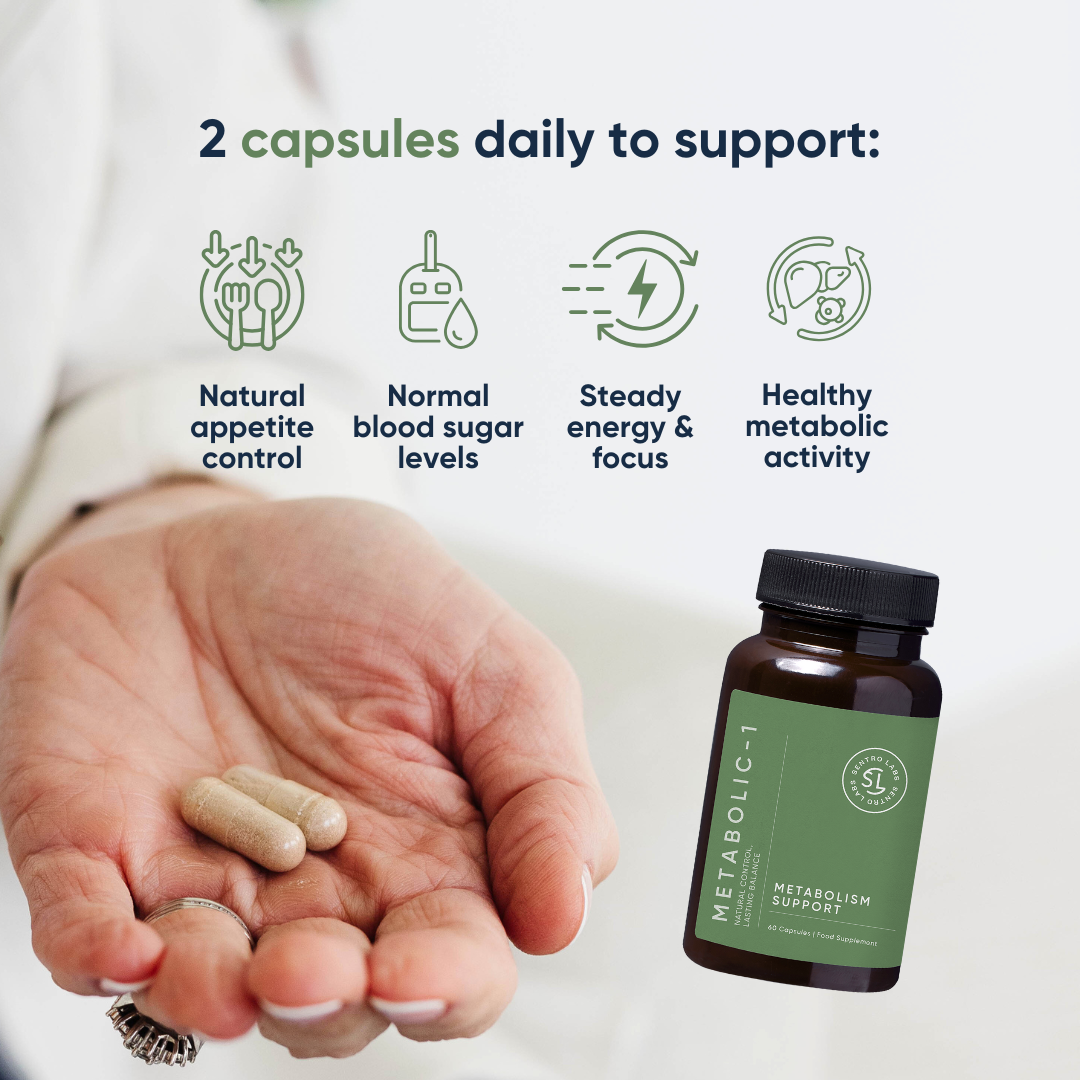
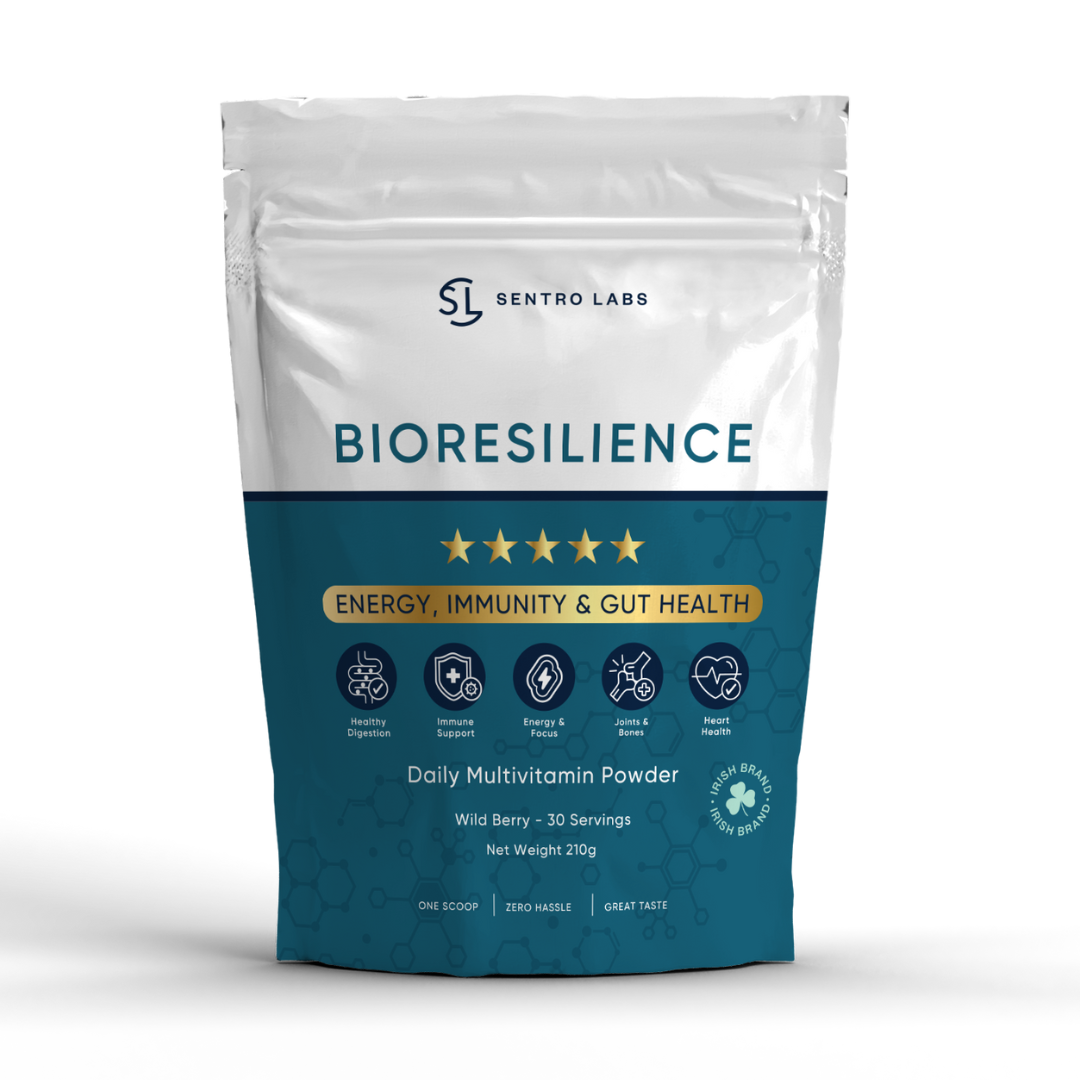
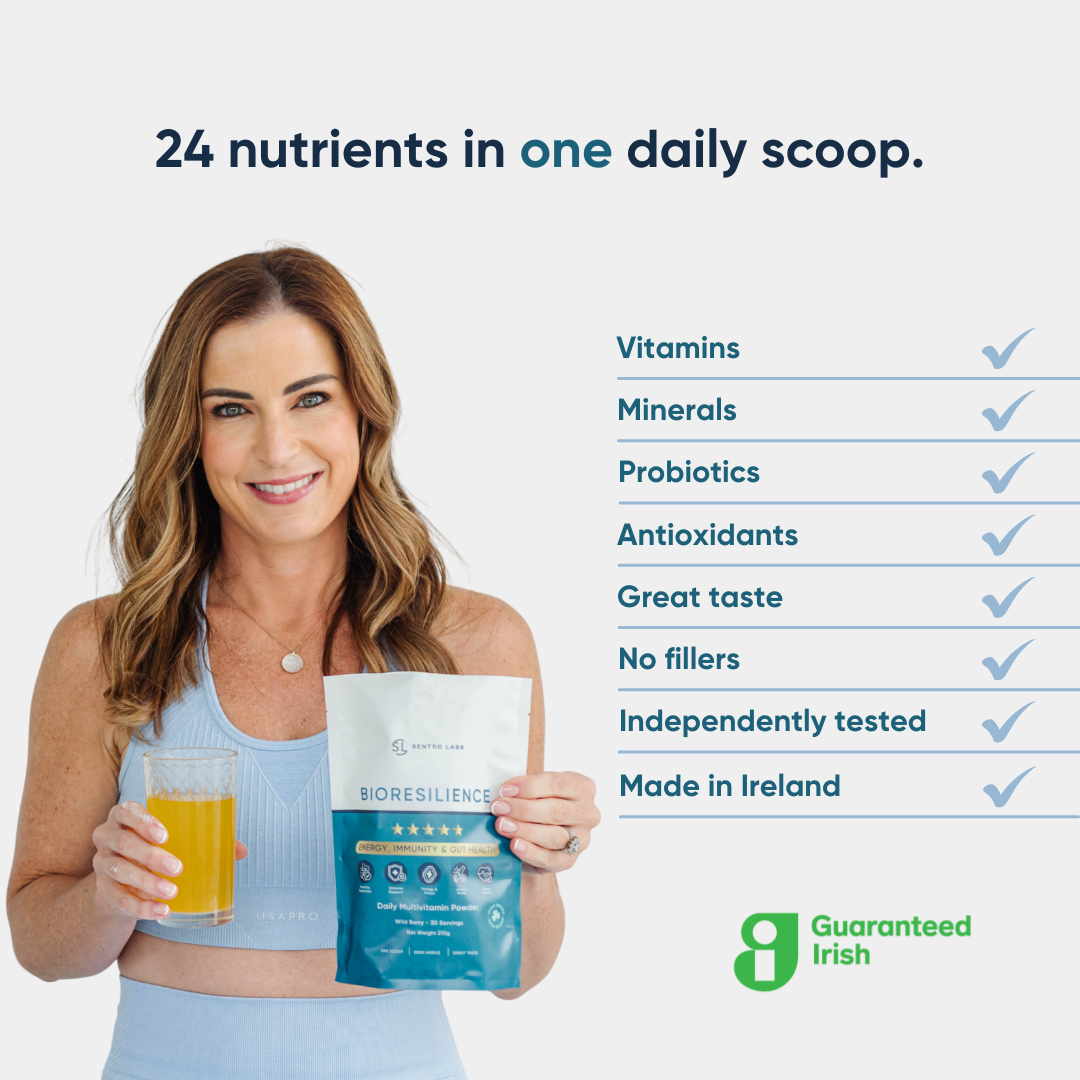
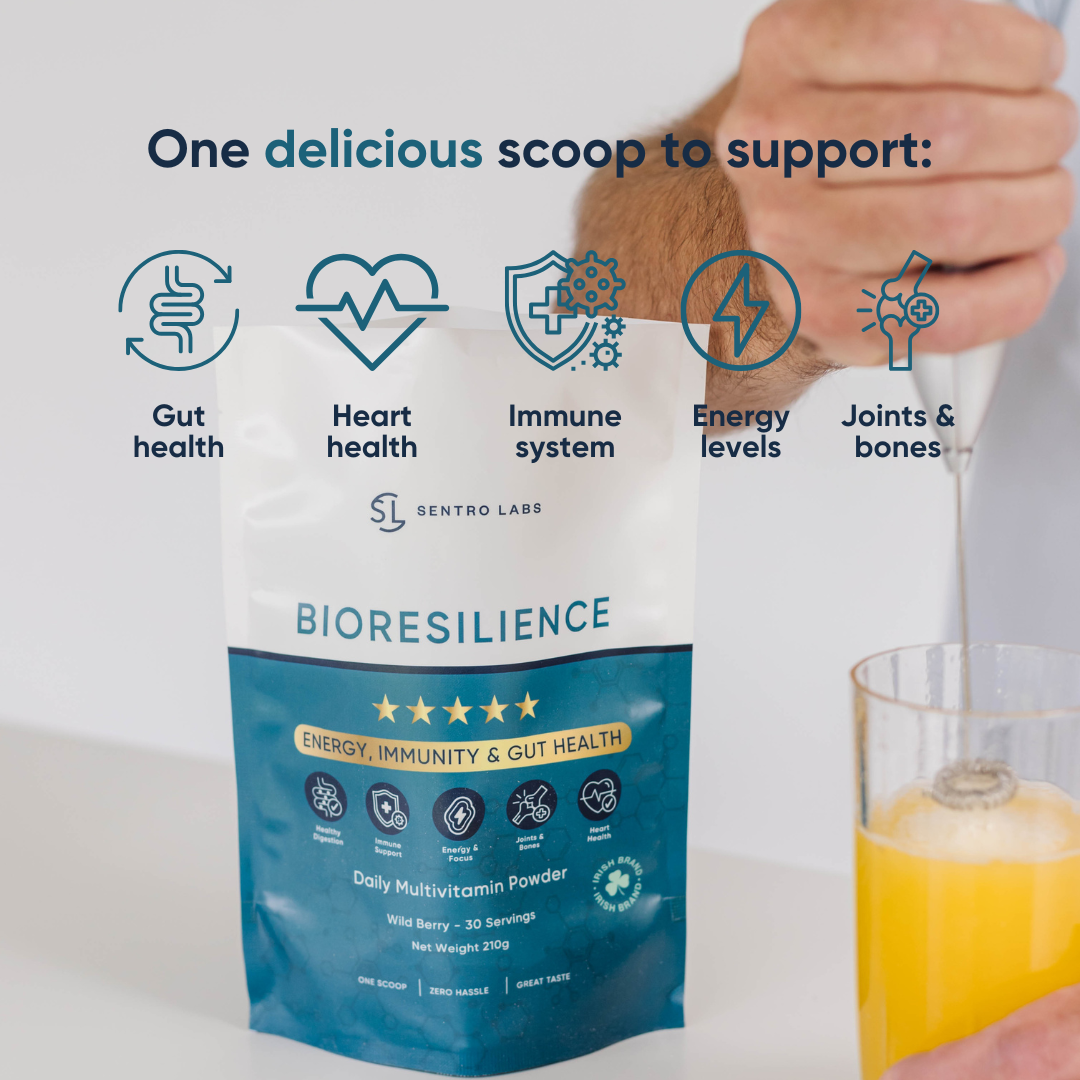
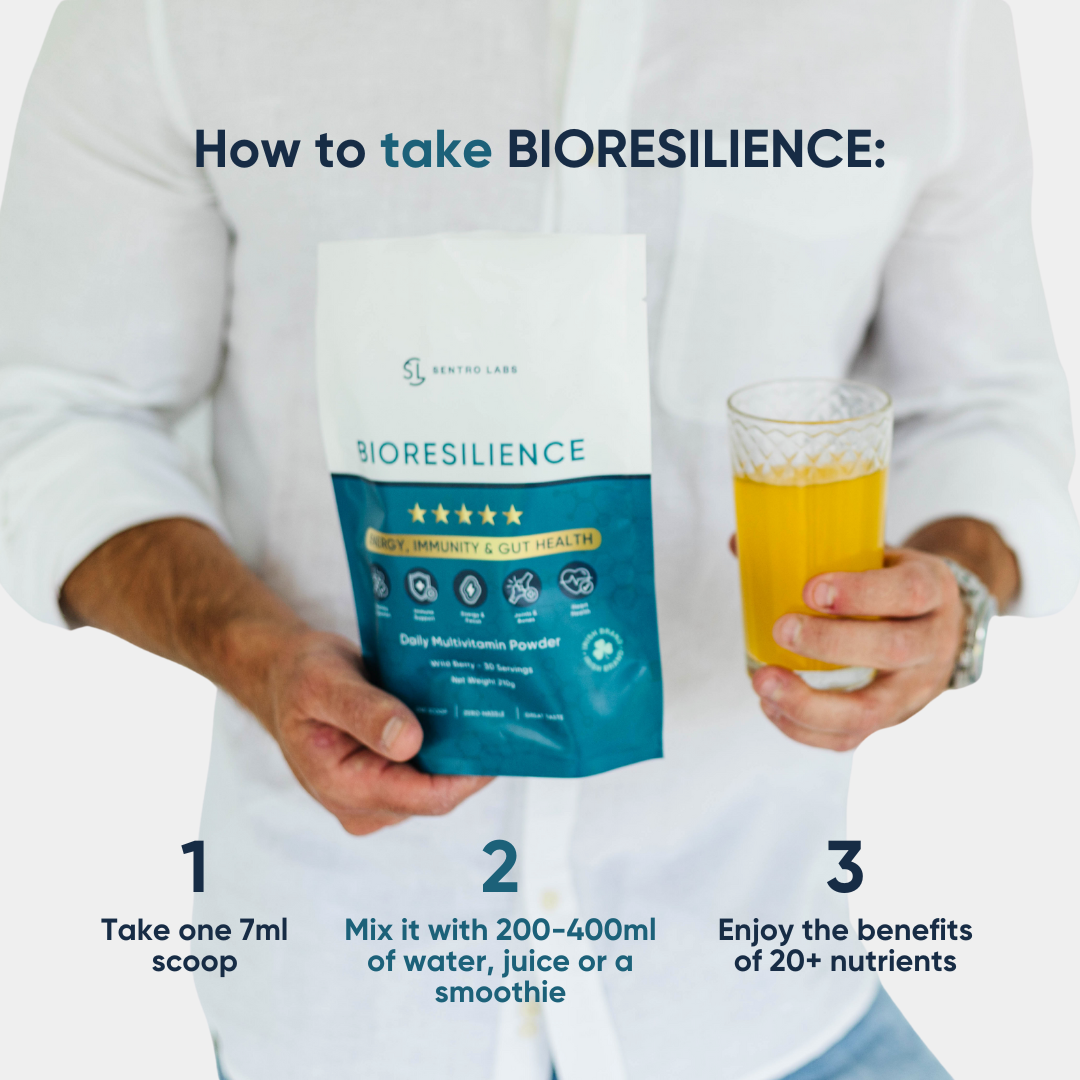
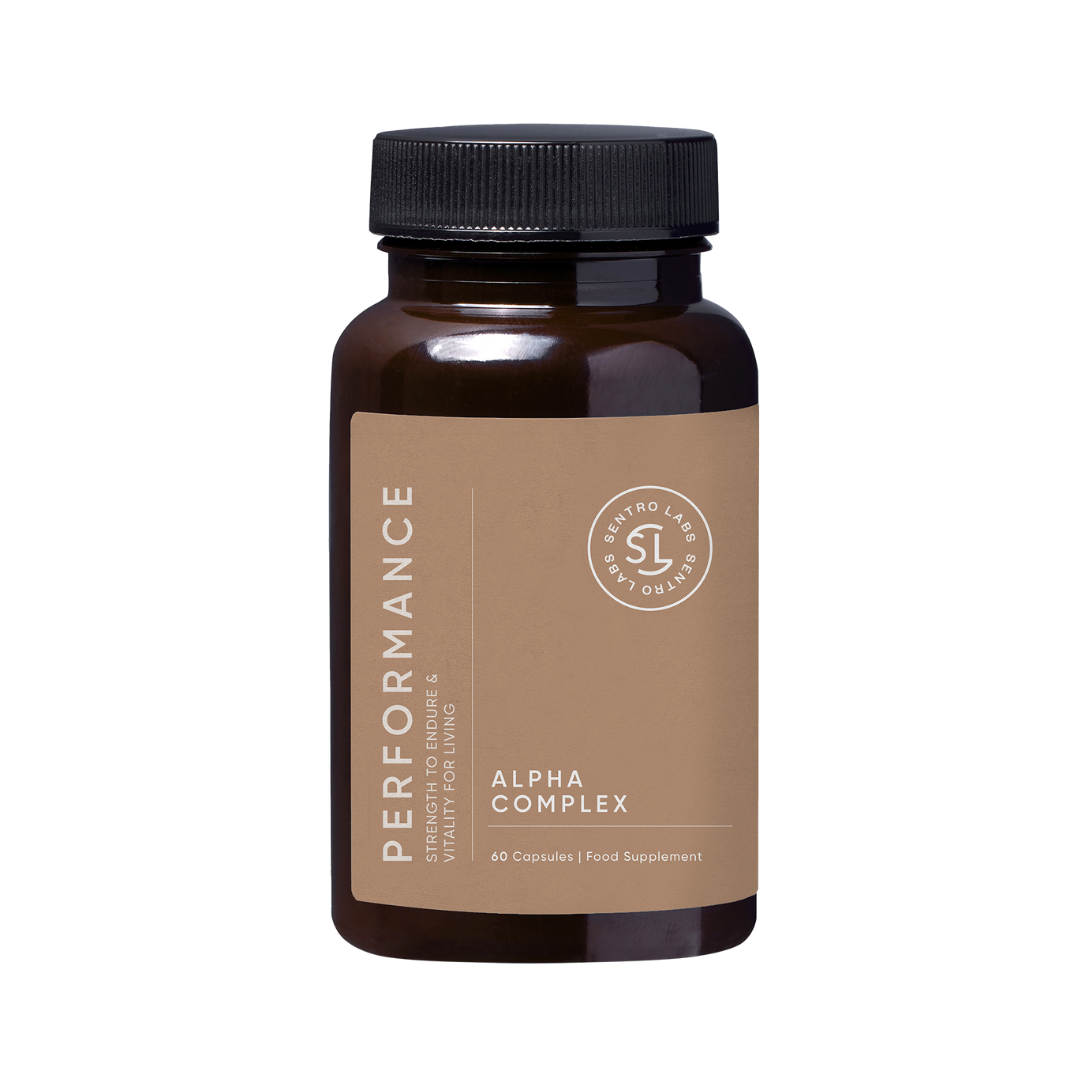
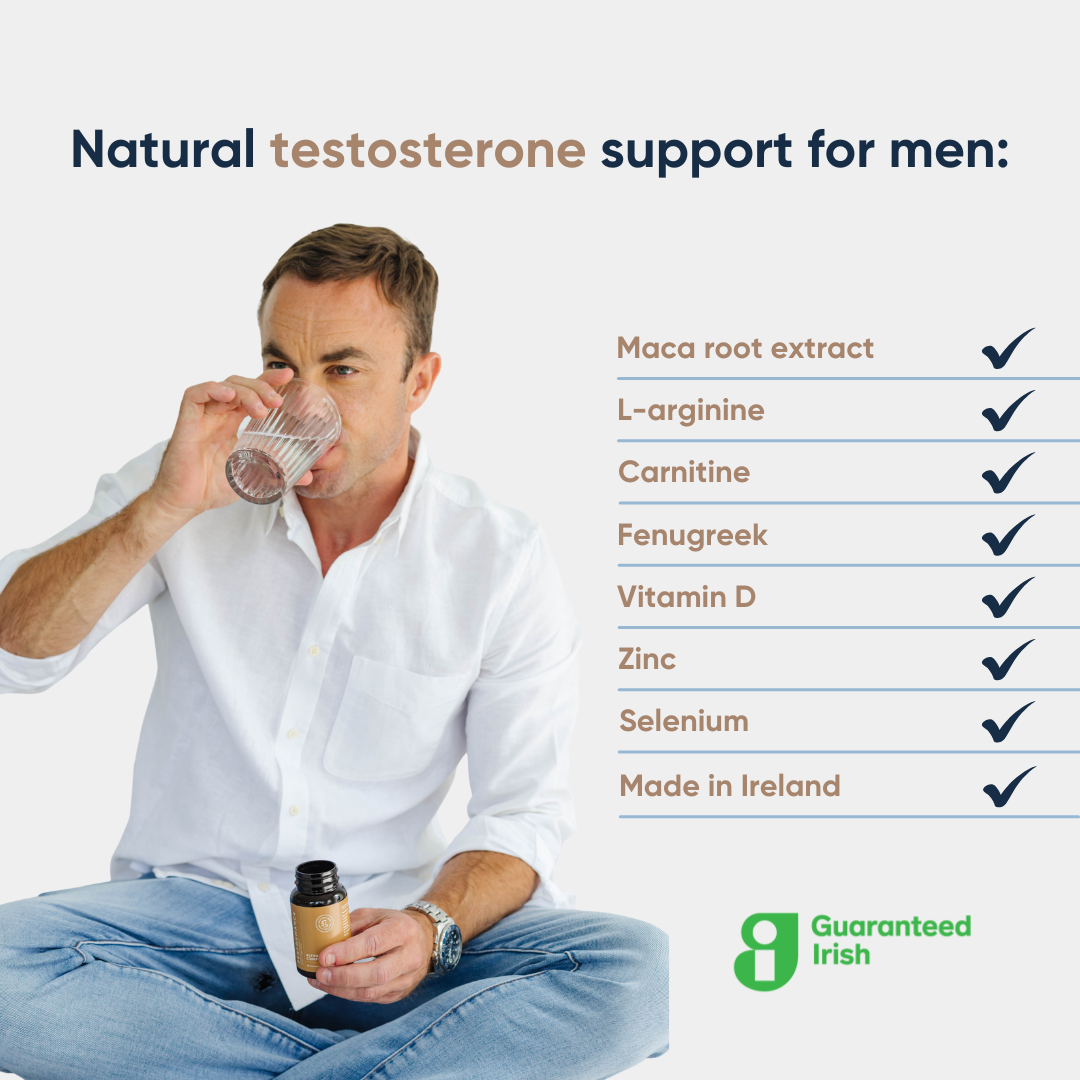
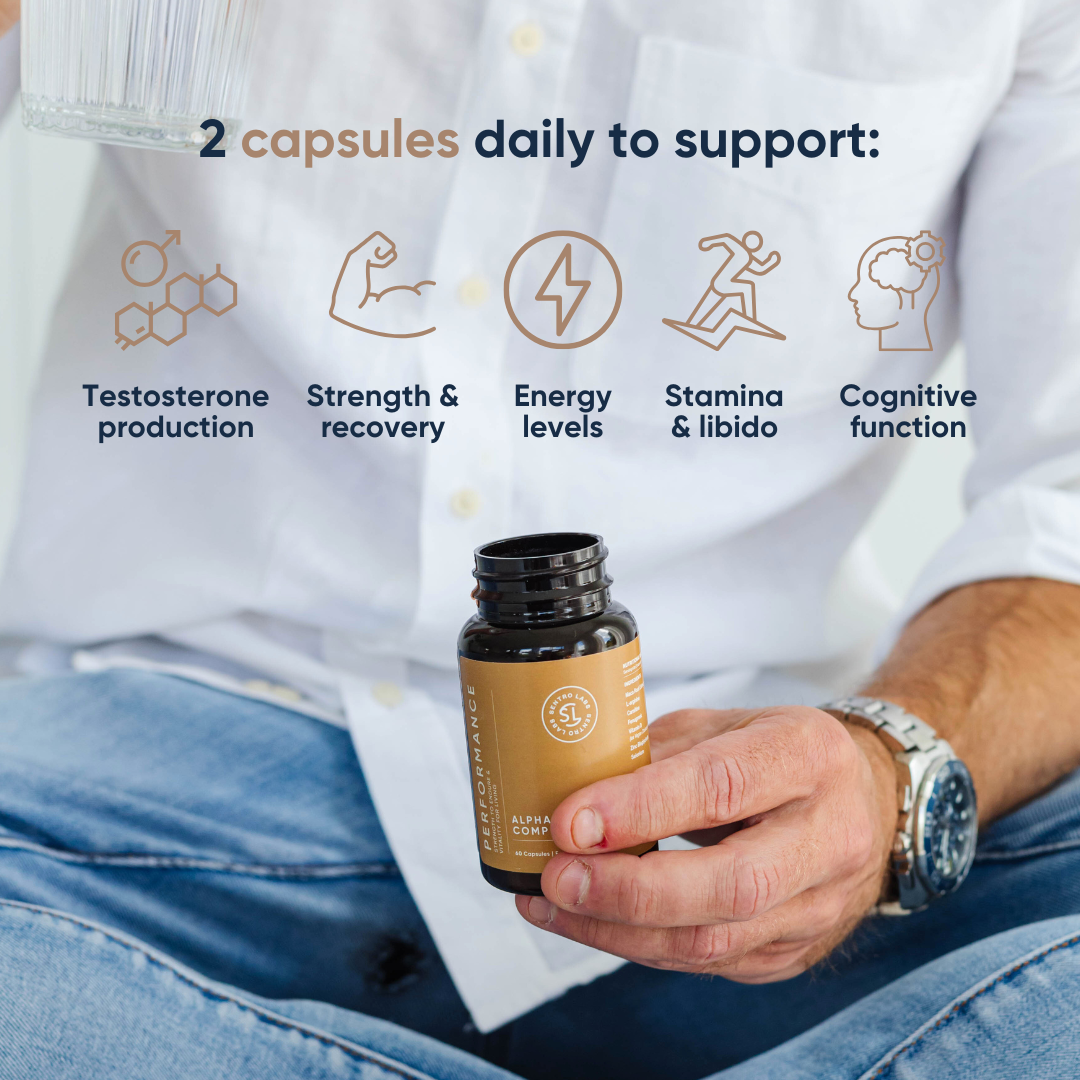
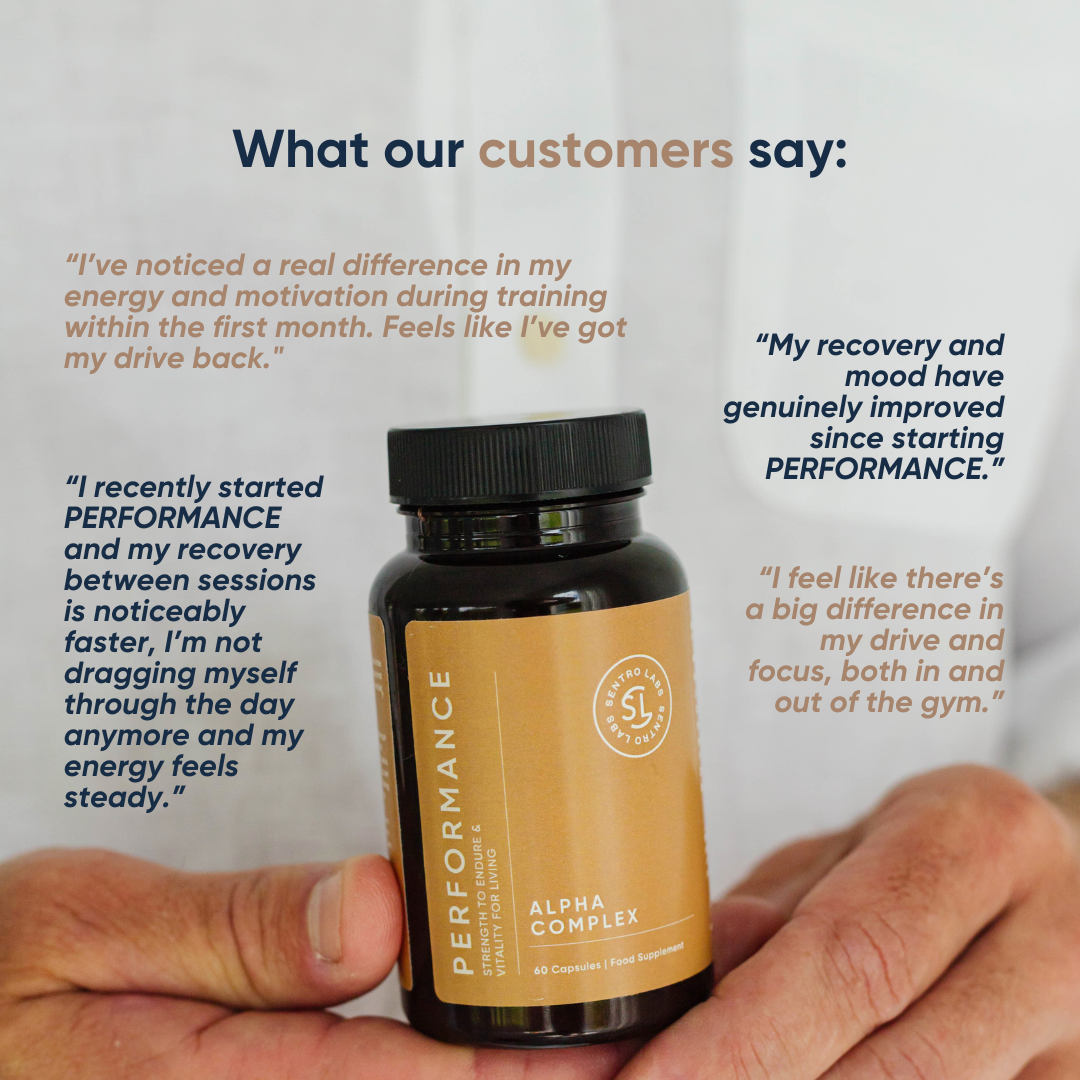
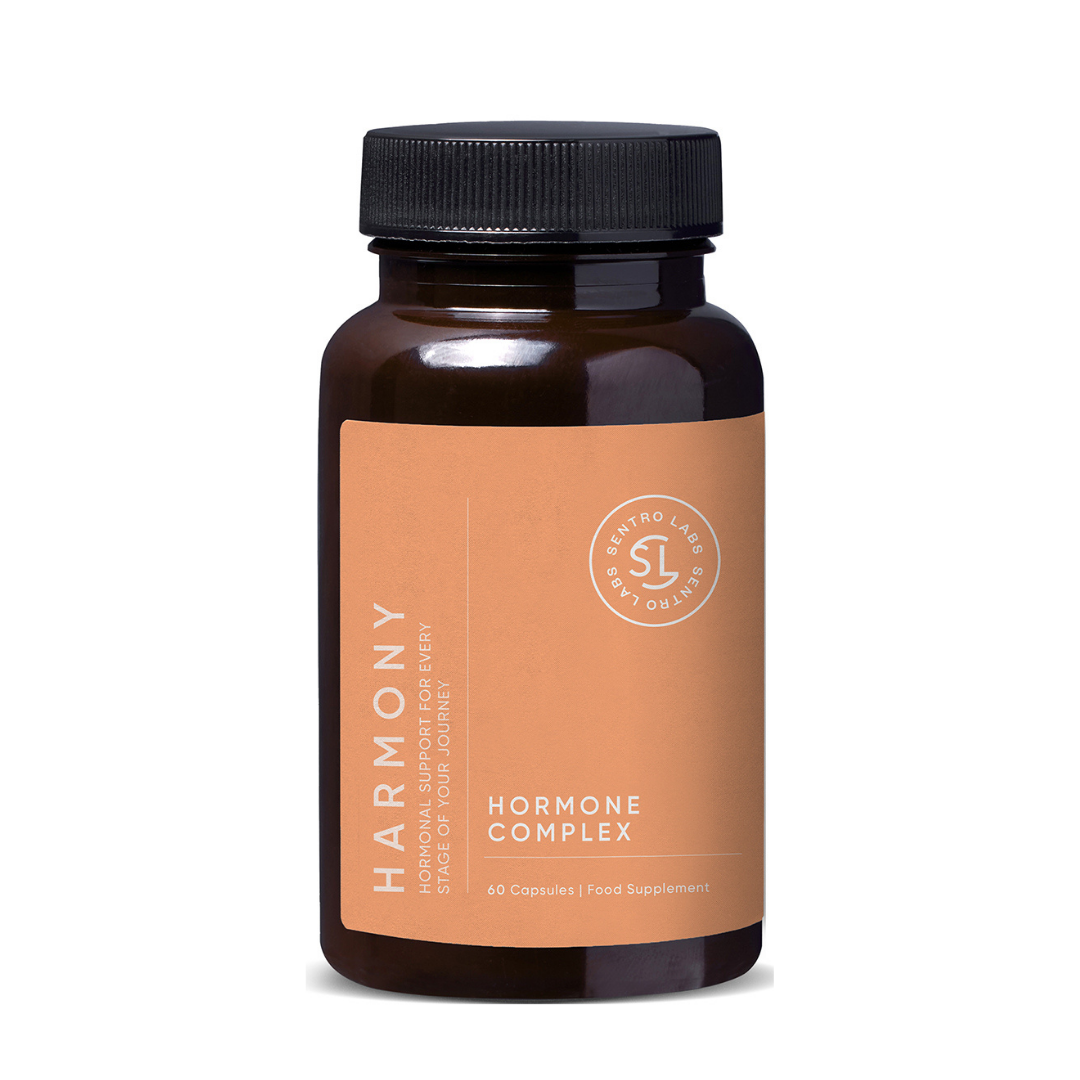
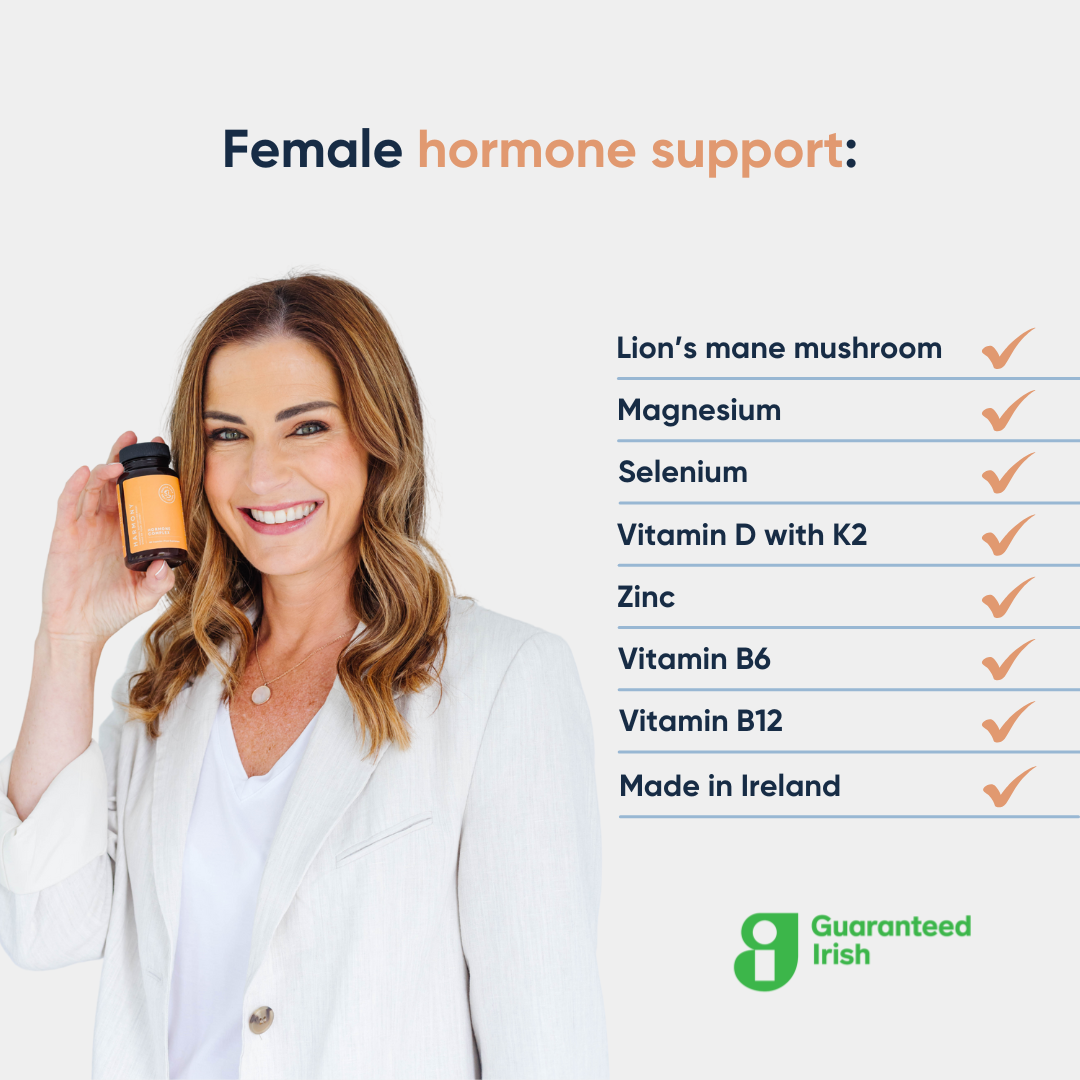
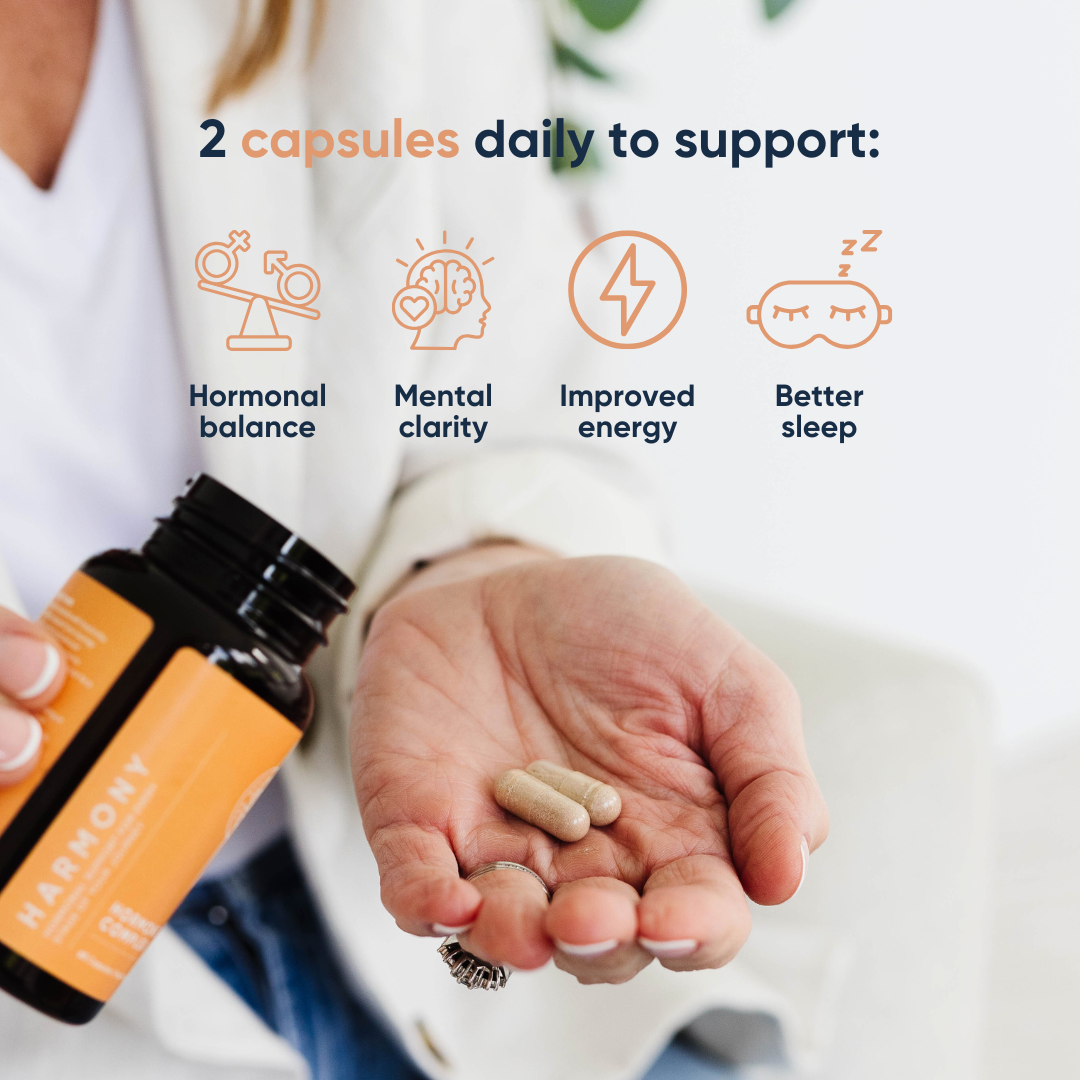
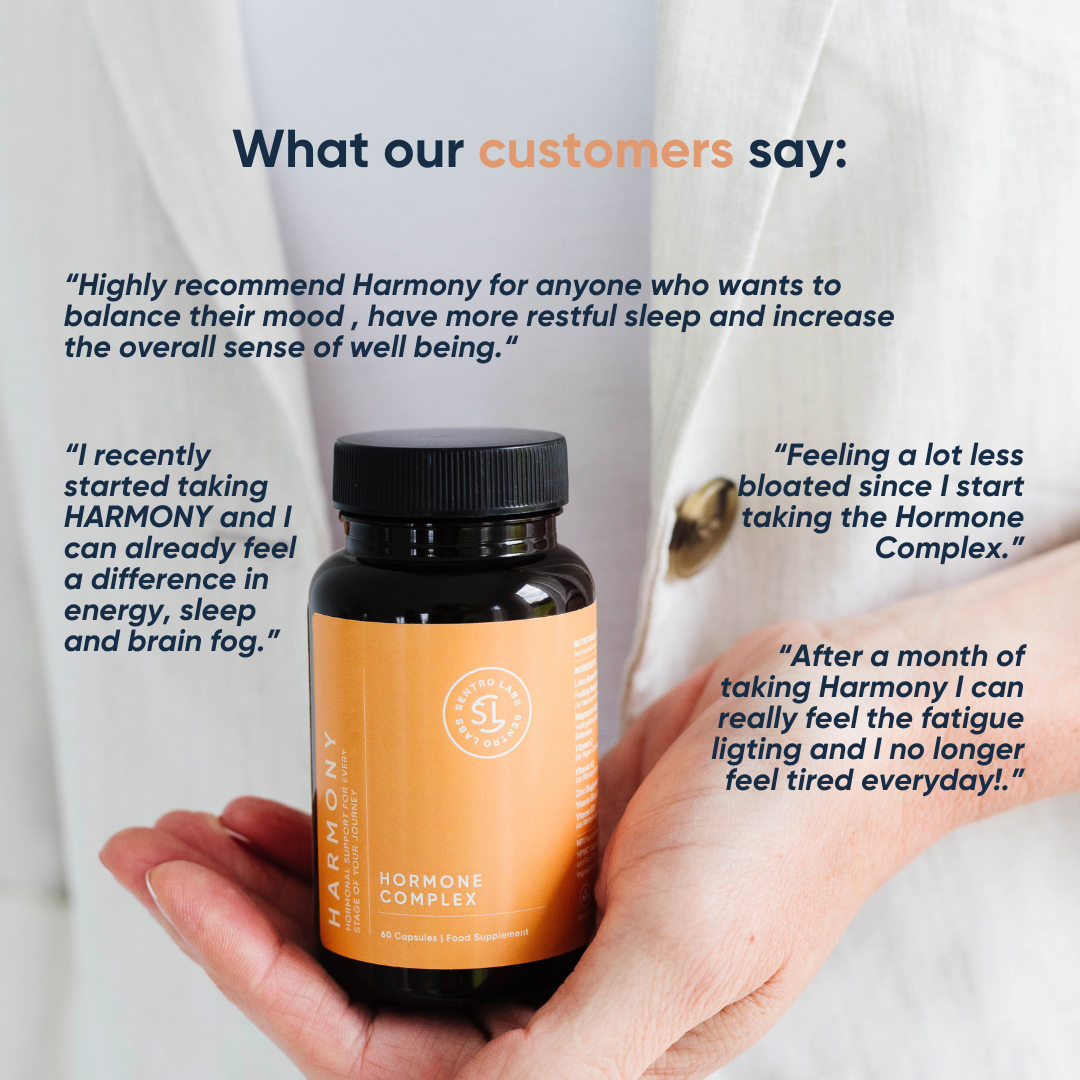
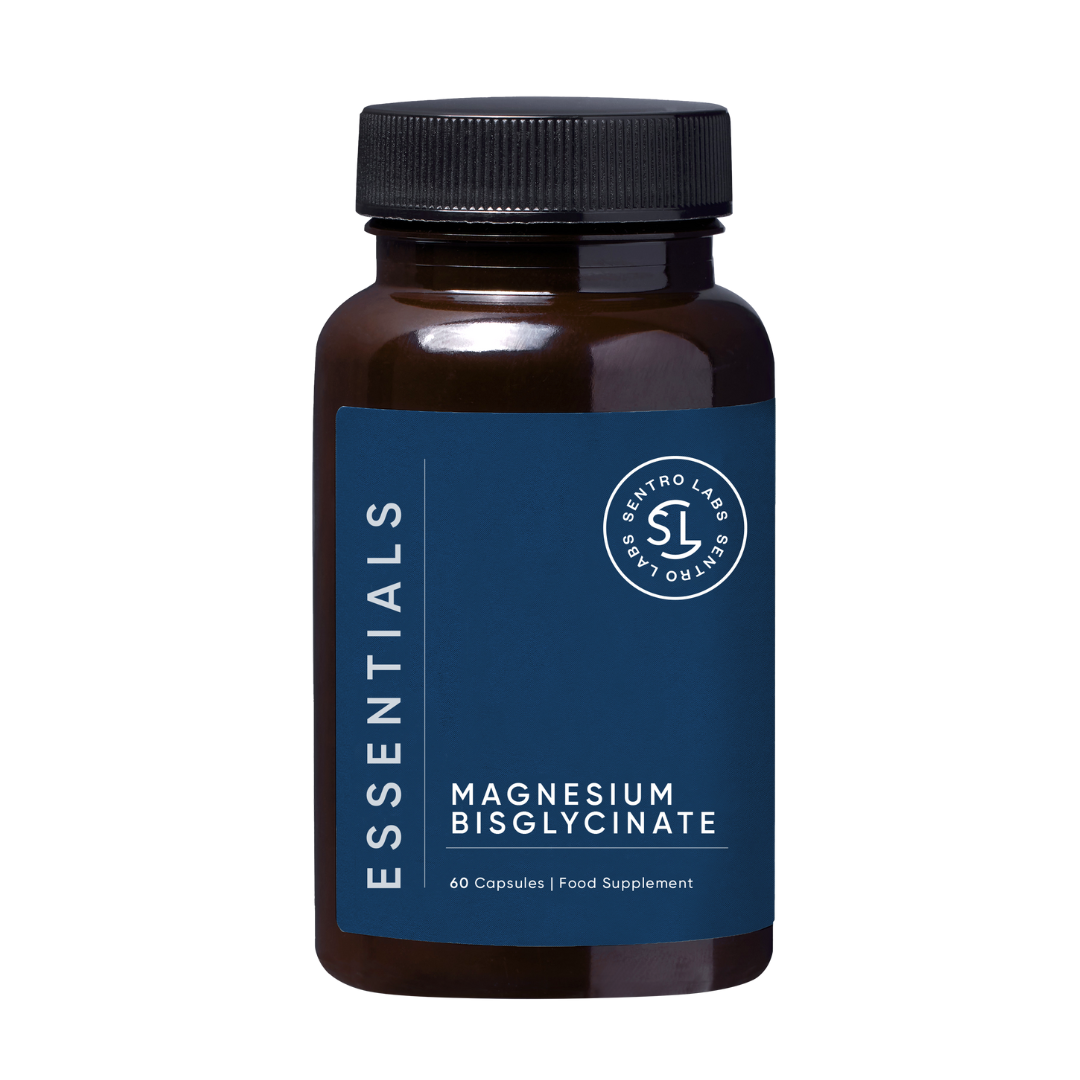
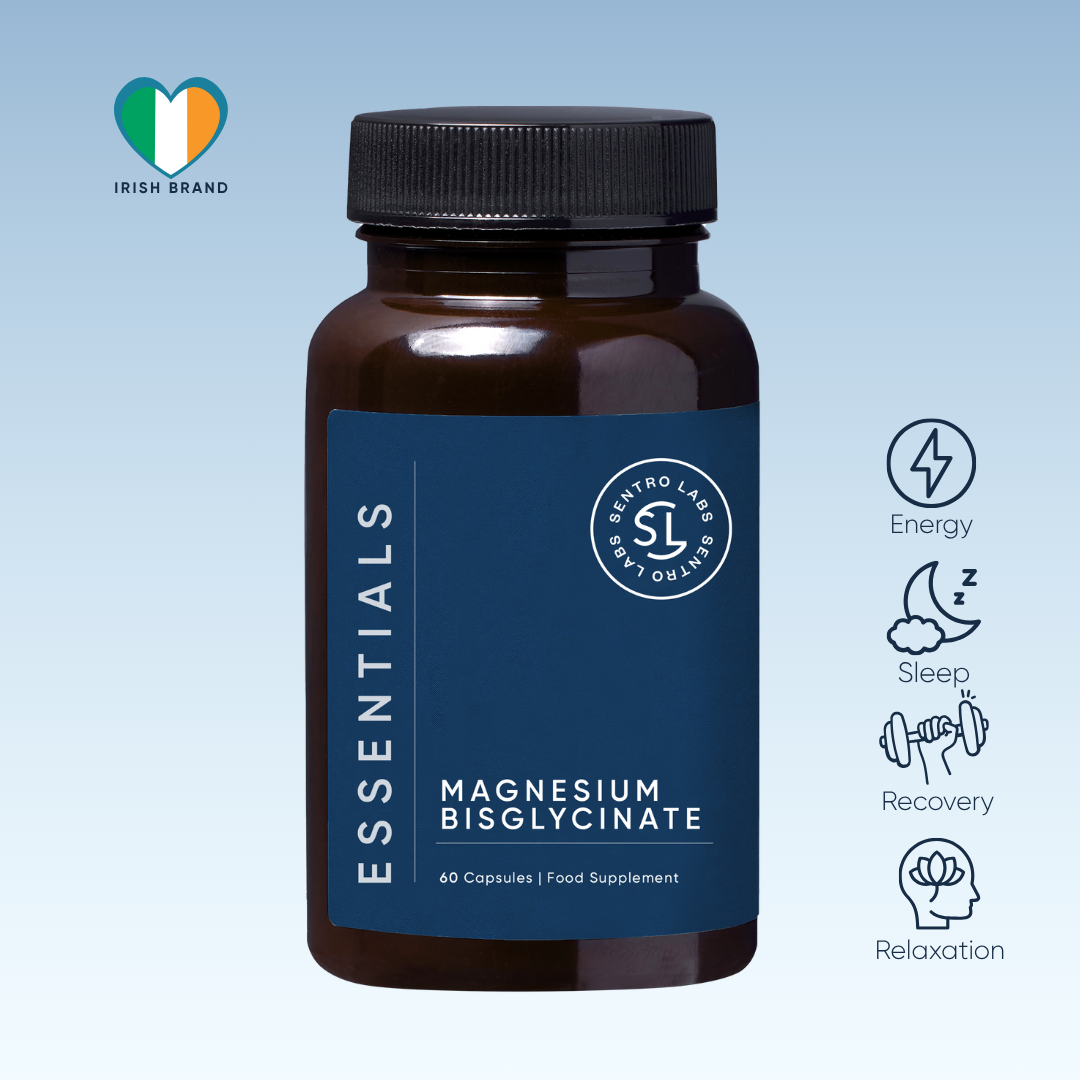
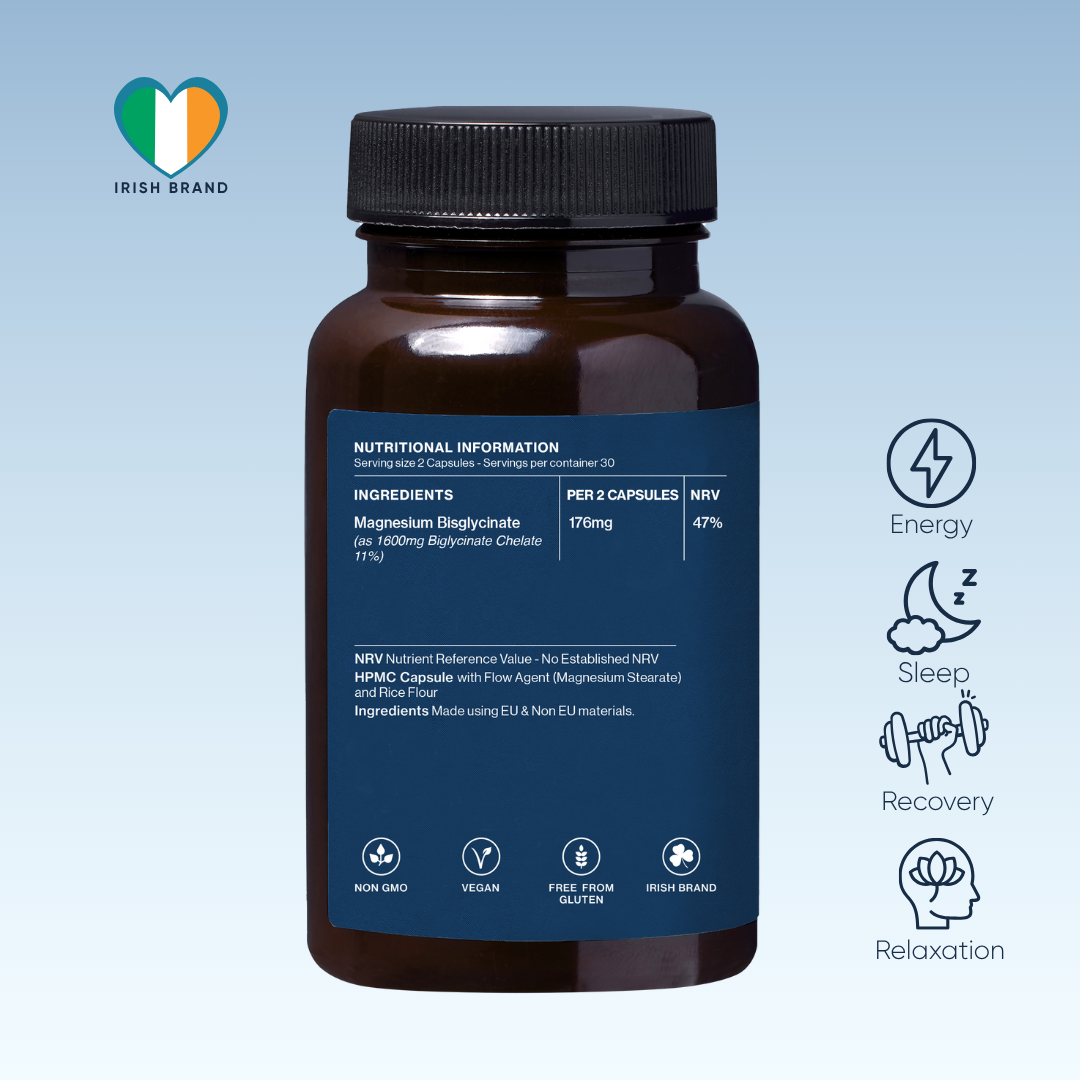
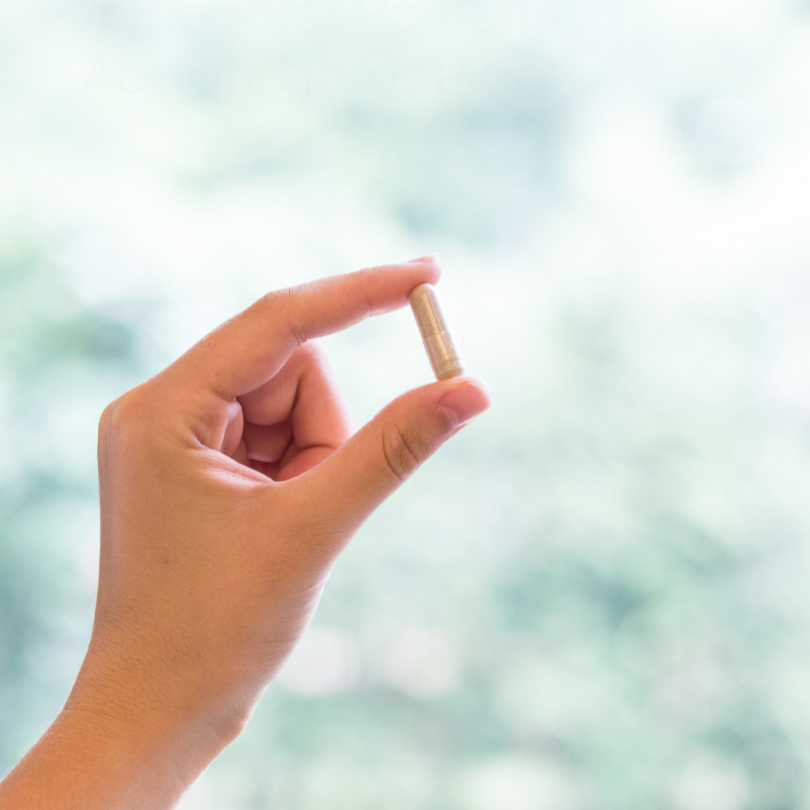
Share:
Why High-Protein Diets are Essential for Menopause & Perimenopause
My Favourite Quick Leg Day: As a Busy Mum of 2 in Perimenopause!